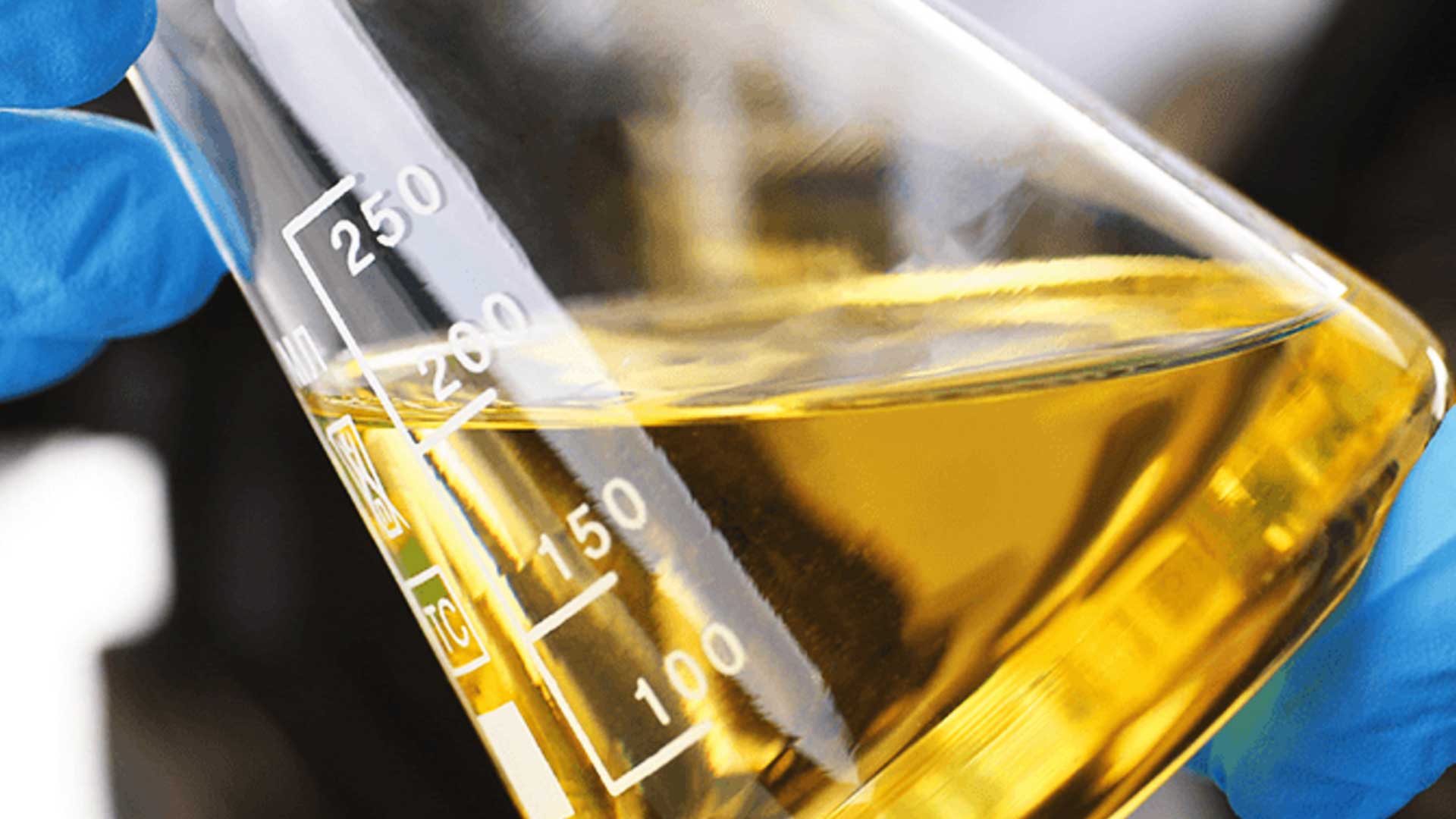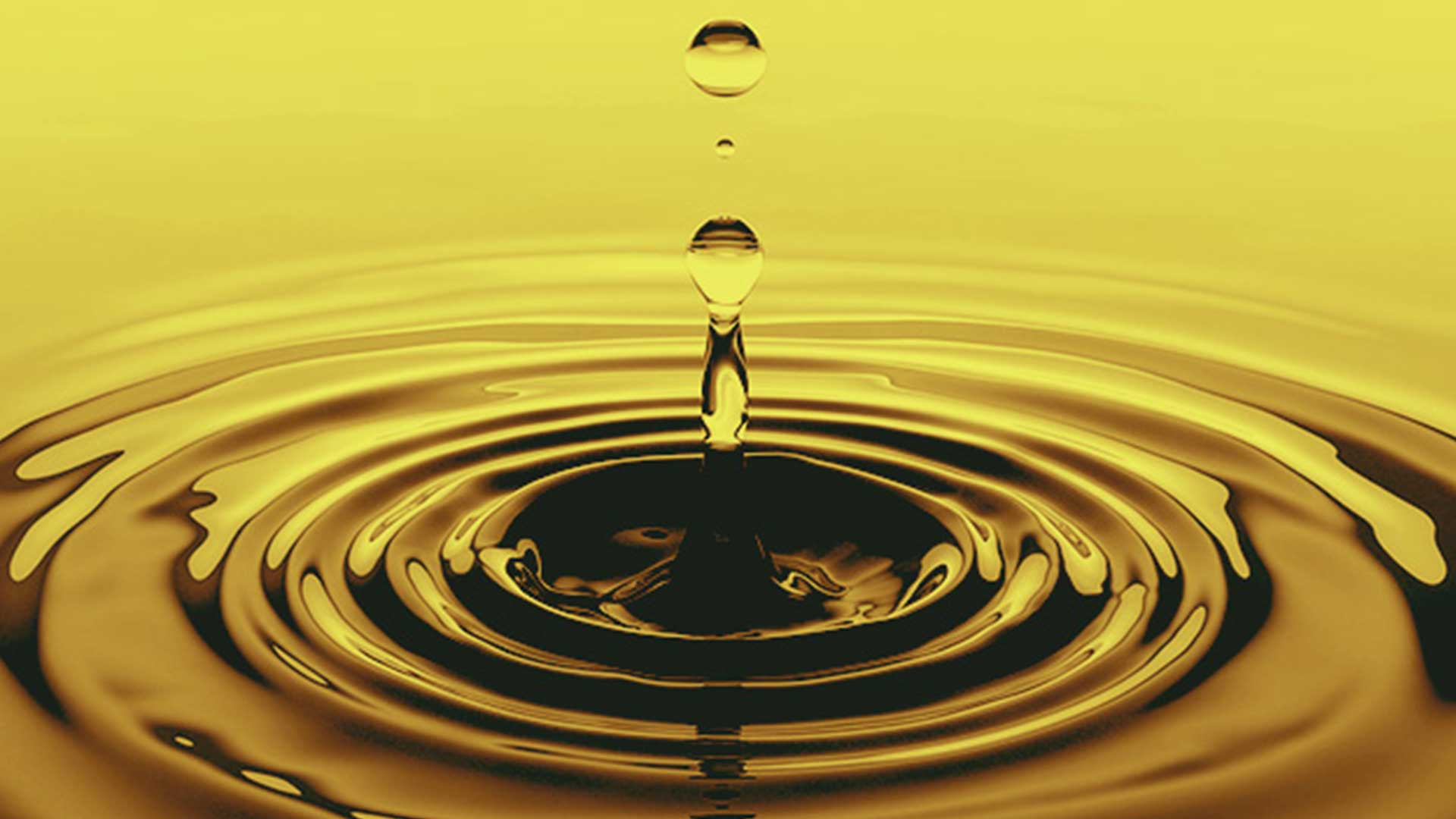White Spirit
Mineral spirits or white spirits, also known as mineral turpentine, turpentine substitute, varsol, petroleum spirits, solvent naphtha (petroleum), Stoddard solvent, or generically. ‘Paint thinner’ is a petroleum-derived pure, translucent liquid, used as a general organic solution in painting and decorating.
A compound of aliphatic and alicyclic C7 to C12 hydrocarbons, white spirit is utilized as an extraction solvent, as a degreasing solvent, as a purifying solvent, and as a solvent in aerosols, wood preservatives, paints, varnishes, lacquers, and asphalt products.






